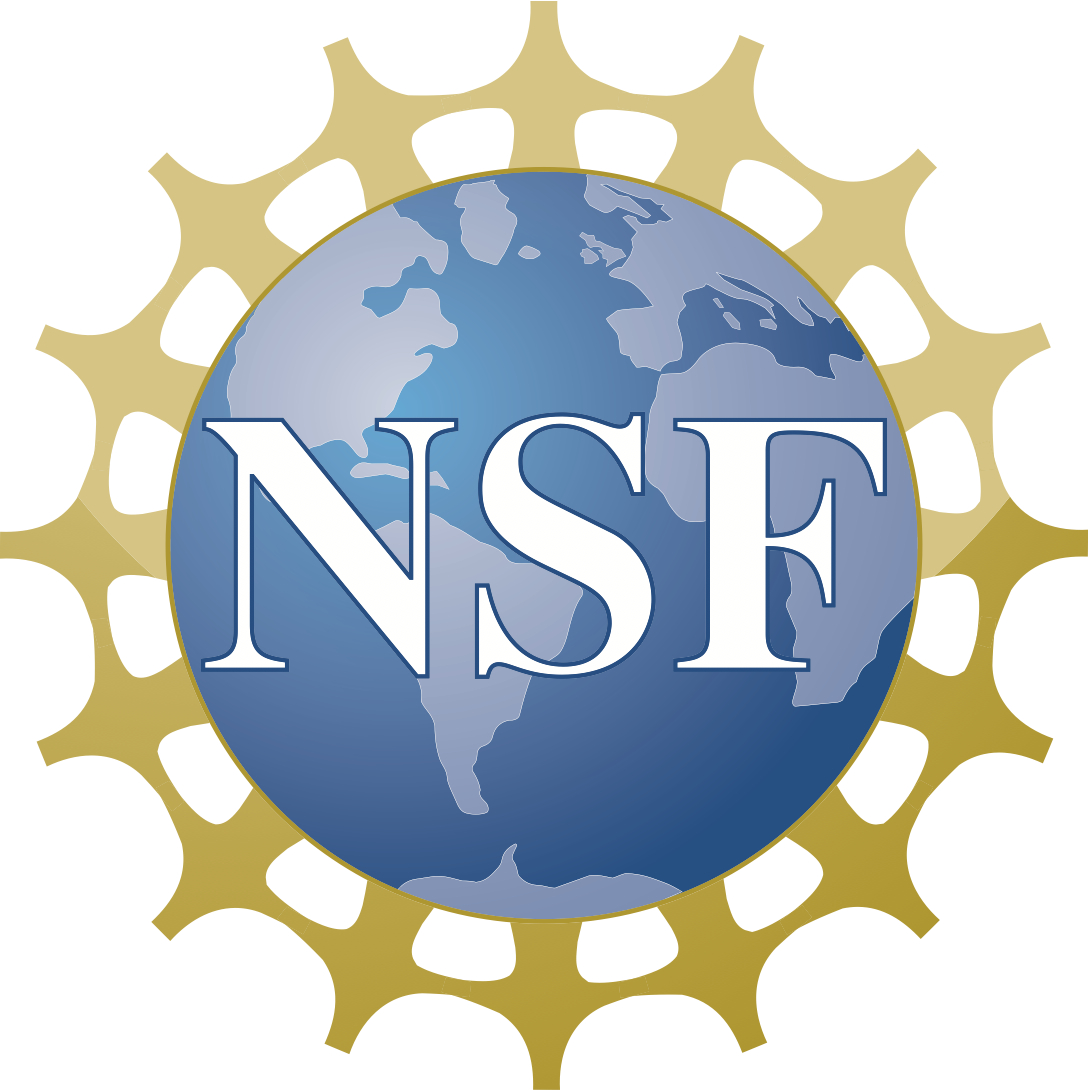- Documentation: https://pyspeckit.readthedocs.io/en/latest/
- Source pages: https://github.com/pyspeckit/pyspeckit
- ADS reference: https://ui.adsabs.harvard.edu/abs/2022AJ....163..291G/abstract
This is a code framework designed to allow for analysis of spectroscopic data from a wide variety of astronomical instruments. It is motivated by the lack of general spectroscopic analysis tools applicable at multiple wavelengths (compare to IRAF, SPLAT, etc. - these are wavelength-specific and/or do not make user scripting easy).
Initial implementation focuses on optical and radio applications, e.g. gaussian and voigt profile fitting, baseline/continuum fitting, and equivalent width measurements. However, the design is meant to be extensible. We want additional features to be trivial to implement.
In that vein, there is a growing set of spectral models implemented. The model and hyperfinemodel classes makes model implementation quite straightforward, if not trivial (you still have to plug in the right frequency offsets and relative line strengths).
Plotting is straightforward, as is usually the case with matplotlib-based codes. We have a few different methods of error bar plotting implemented, a decent (and expanding) units class for pretty printing of spectroscopic units, and different methods of fit plotting.
We're also looking for more users to give us more use cases! Contact us at [email protected] or post issues
Requirements: astropy matplotlib numpy
Optional: scipy lmfit lineid_plot spectral-cube
Authors: Adam Ginsburg and several others.
Contributors: (see https://github.com/pyspeckit/pyspeckit/graphs/contributors)
- Erik Rosolowsky (Ammonia models, RADEX-based models)
- Jordan Mirocha (optical line labeling)
- Vlas Sokolov (cube fitting, ammonia and N2H+ modeling)
- Miguel de Val-Borro (CLASS file reading, python3 compatibility, bugfixes)
- Brigitta Sipocz (internals & logistics)
- Jaime Pineda (N2D+, N2H+ models, bugfixes)
- Allison Youngblood (H2 model fit)
- Taylor Hogge (Ammonia models)
- Dinos Kousidis (ESO summer student - Astropy integration)
- Mike Lum (EQW fitter)
- Matt Craig, Erik Tollerud, Thomas Robitaille (minor - Astropy integration)
The PySpecKit logo uses the Voyager 1 image of Earth known as the "Pale Blue Dot" [ original source | reprocessed image ]
pyspeckit development has been supported by the NSF under grants AST 2008101 and CAREER 2142300

